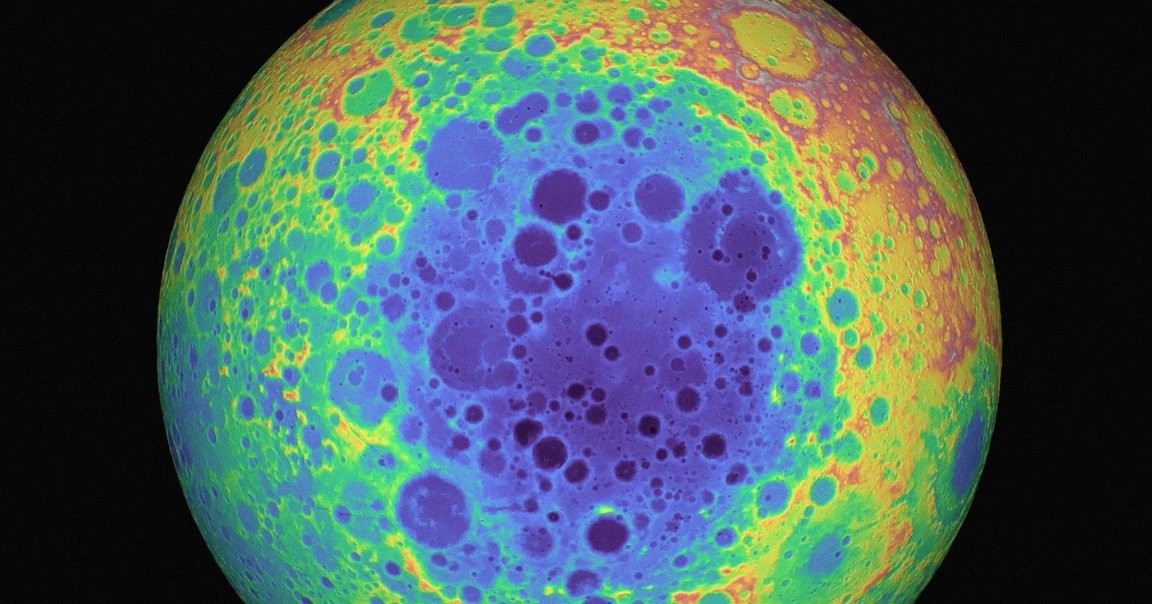The Moon’s Largest Crater Isn’t What We Thought — A Glancing Blow, Not a Direct Hit
New research suggests the South Pole–Aitken basin formed from a glancing, southward impact rather than a direct head-on collision. A Nature paper argues the oblong teardrop shape reflects a strike that gouged through the Moon’s crust and revealed heavier mantle material. This revelation helps explain why the Moon’s far side is heavily cratered while the near side remains relatively smooth, and it ties directly to NASA’s Artemis plan to study the basin’s rim and its deep material as a first step in returning humans to the Moon in decades. The landing site could hold crucial clues about the Moon’s interior and its early evolution, making this discovery feel less like abstract science and more like a map for future exploration.

In This Article:
A New Theory of SPA: A Southward Glancing Strike Carved the Basin
The team compared SPA’s shape to other giant basins across the solar system and concluded the impact came from the south, gouging the crust and exposing heavier mantle material. Scientists think the Moon started with a magma ocean; as it cooled, heavier minerals sank to form the mantle while lighter minerals rose to form the crust. Between the mantle and crust, some KREEP—potassium, rare earth elements, and phosphorus—concentrated in the remaining magma ocean. As Andrews-Hanna explains, 'If you’ve ever left a can of soda in the freezer, you may have noticed that as the water freezes, the high-fructose corn syrup resists freezing until the very end and concentrates in the last bits of liquid.' This behavior helps explain why KREEP-rich material is not evenly distributed on the Moon.

Why the Asymmetry Matters: Near Side vs Far Side Crust and Radioactive Ejecta
The latest findings suggest the Moon’s crust thickened on the far side while magma ocean material was squeezed toward the near side. The SPA lies at the boundary where KREEP-rich crust meets more normal crust, a clue to why the near side hosts higher levels of certain radioactive elements. Andrews-Hanna explains: 'The last dregs of the lunar magma ocean ended up on the near side, where we see the highest concentrations of radioactive elements. But at some earlier time, a thin and patchy layer of magma ocean would have existed below parts of the far side, explaining the radioactive ejecta on one side of the SPA impact basin.'

Artemis and the Rim: How This Shapes Our Return to the Moon
Artemis missions will land on the down-range rim of the basin—the best place to study the largest and oldest impact basin and the material from deep inside the Moon. Andrews-Hanna emphasizes that the samples we bring back may reveal even more about the Moon’s early evolution than had been thought: 'Our study shows that these samples may reveal even more about the early evolution of the Moon than had been thought.' In short, this discovery highlights how much there is still to learn about our nearest celestial neighbor—and why the planned return is so exciting.

A Living Reminder: Our Knowledge Is Still Evolving
With Artemis, we will have samples to study on Earth and refine our understanding. This study demonstrates that long-held assumptions can be overturned by new data, reminding us that the Moon still holds surprises and that each mission could rewrite our story.

